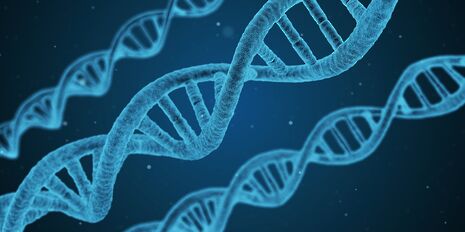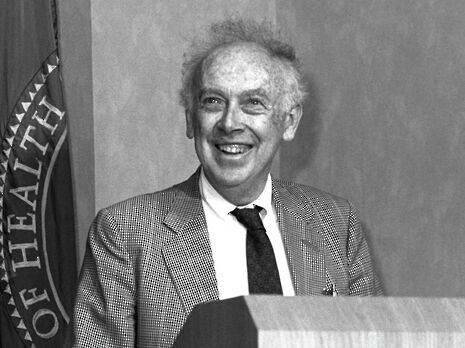Personal healthcare is getting more personal
The development of genomics and bioinformatics has a way to go, but it could change lives

“Genome science … will revolutionize the diagnosis, prevention and treatment of most, if not all, human diseases”. These were the remarks of Bill Clinton upon the draft publication of the Human Genome Project back in 2000. The turn of the millennium saw extreme optimism over the future of medicine, with many believing that with this sequence had unlocked the possibility of curing any disease. A decade and a half later, the exponential progress in medical science that scientists prophesied began to look like more of a fantasy than a reality. But should we lose all hope just yet?
“Bioinformatics has undergone a parallel revolution, allowing for intelligent analysis of the hundreds of thousands of human genomes being sequenced”
Genomic medicine techniques are widespread within the sphere of research, and some are starting to see translation into clinical application. This transition is picking up speed due to the massive decline in sequencing prices, from the $1 billion USD spent on the first human genome sequence to a mere $1,000 today, largely as a result of next-generation sequencing. All of this data is irrelevant without computational techniques and technologies, meaning bioinformatics has undergone a parallel revolution, allowing for intelligent analysis of the hundreds of thousands of human genomes being sequenced, each of which containing three billion bases.

With the sequence of a patient’s genome, clinical care including the use of specific drugs can be tailored to the needs of each individual. This will in theory increase efficacy rates, reduce side effects and lead to quicker recovery times. Cancer, a disease of the genome, is one of the key targets for the use of personalised medicine. One can imagine a future in which a cancer patient would have tumour tissues sequenced, allowing for the complement of mutations to be determined, thus indicating which treatments to administer, massively increasing the survival rates from the hit-and-miss treatment procedures in place currently.
Personalised medicine will become a self-learning process, deploying big-data computational methods coupled with cloud-based collaboration, meaning algorithms used in diagnosis and treatment will become increasingly more efficient. This is already becoming a reality in the UK with the ‘100,000 Genomes Project’ led by Genomics England, integrating sequence data with NHS records. The start of this millennium saw humans acquiring the manuscript that is our genome, but with more data we will tend towards a complete understanding of the meaning of each of its intricacies, and how to use this knowledge to reduce suffering.
With all major medical innovations come social challenges; technological innovation seems to be moving at a faster pace than the ethics needed to regulate it. Considering the sequence of our genome, to a large extent, defines our very identity, some are concerned about how data is stored, used and shared, calling for more careful thought before this approach is rolled out worldwide. Despite this, there have been efforts to engage the public in this revolutionary endeavour, for example with Obama redefining sequenced patients as “partners” in clinical research during the launch of the Precision Medicine Initiative.
Genomics has changed the face of medical research completely, and given the large impetus from governing bodies, the ripples of this transformation will certainly reach the hospital bed in the years ahead. As Clinton suggests “it is now conceivable that our children's children will know the term cancer only as a constellation of stars.”
 News / Police to stop searching for stolen Fitzwilliam jade17 April 2024
News / Police to stop searching for stolen Fitzwilliam jade17 April 2024 News / Copycat don caught again19 April 2024
News / Copycat don caught again19 April 2024 Interviews / ‘It fills you with a sense of awe’: the year abroad experience17 April 2024
Interviews / ‘It fills you with a sense of awe’: the year abroad experience17 April 2024 News / Night Climbers call for Cambridge to cut ties with Israel in new stunt15 April 2024
News / Night Climbers call for Cambridge to cut ties with Israel in new stunt15 April 2024 News / Acting vice-chancellor paid £234,000 for nine month stint19 April 2024
News / Acting vice-chancellor paid £234,000 for nine month stint19 April 2024




